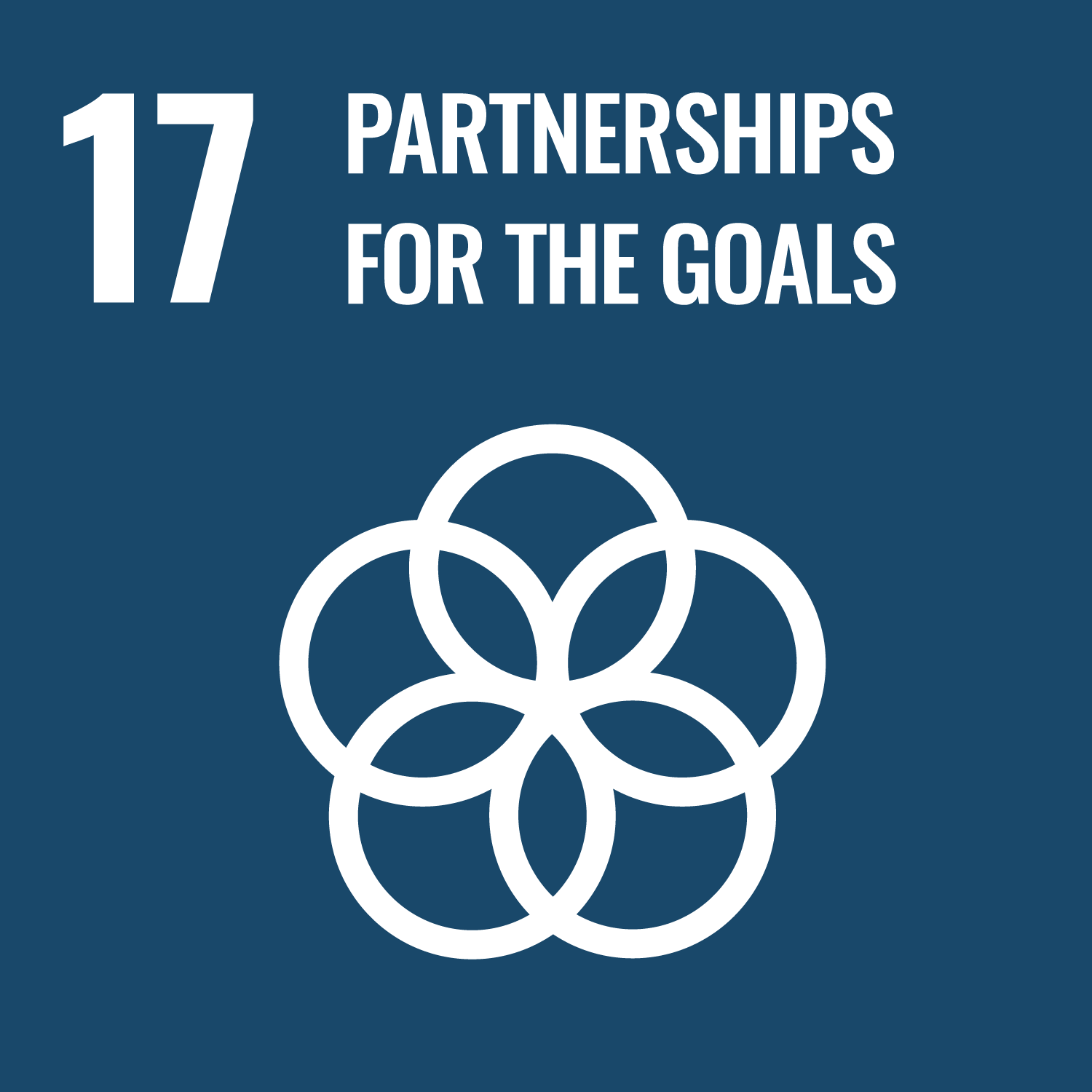Australia-China-Papua New Guinea Pilot Cooperation on Malaria Control Project
An innovative trilateral partnership for strengthening malaria diagnosis in Papua New Guinea
Challenges
Achieving global malaria elimination by 2030 requires regional and cross-border partnerships to fight this deadly but preventable disease. In the Western Pacific Region, Papua New Guinea (PNG) contributes over 75 per cent of malaria cases. Nearly 95 per cent of PNG’s 8 million population lives in areas of high risk for malaria transmission. Over the last decade, PNG has made impressive progress in reducing malaria cases, but there is still a lot of work to do. One-third of suspected malaria cases in PNG do not receive a parasitological test, leading to incorrect treatment and drug wastage and increasing the risk of drug resistance. National surveillance systems need to be strengthened to generate reliable data.
Towards a Solution
Through the Australia-China-Papua New Guinea Pilot Cooperation on Malaria Control Project, the Government of PNG is working in collaboration with the Governments of China and Australia to strengthen quality assurance in PNG’s laboratory system and undertake operational research activities to inform national malaria control interventions. The project uses Australian aid funding and mobilises in-kind technical expertise (laboratory specialists, scientific researchers and health workers) from all three countries in support of the PNG Government’s national malaria plan.
The project contributes to achieving SDG 3 (health and well-being) in PNG through strengthening early and accurate detection (and treatment) of suspected malaria cases. All three countries are key supporters of global efforts to achieve malaria elimination by 2030.
The project also has an explicit partnership aim: to foster effective cooperation among the Governments of PNG, China and Australia in delivering the project. The model puts SDG 17 into practice (strengthening the implementation of the global partnership) by providing a partnership framework founded on principles of shared decision-making, mutual benefit, joint resource contribution, transparency and shared accountability. As a result, each country benefits from mutual knowledge exchange and skills development among the participating institutions.
Two years into implementation,the project has made substantial technical achievements. Indeed, an independent Mid-Term Review concluded that, as a result of the project’s support, PNG has substantially increased the quality of its malaria diagnosis and enhanced its capacity to provide national reference laboratory functions. The project supported PNG, Chinese and Australian scientists in jointly training more than 300 health workers, laboratory scientists and researchers across the PNG health services. Twenty-one new WHO-assessed malaria microscopists are now
certified to accurately detect malaria and provide training and supervision to lower-level laboratories. This doubles the coverage of certified microscopists across PNG’s 22 provinces from 30 per cent in 2015 to 60 per cent in 2017. By establishing a highly sensitive molecular diagnostic technique at PNG’s Central Public Health Laboratory, Chinese scientists have supported the creation of PNG’s first national malaria slide bank. Thus, PNG microscopists can now train other staff in accurately detecting the species and density of malaria infection.
The project supports the PNG Institute of Medical Research (IMR) to operate four regionally representative malaria sentinel surveillance sites,providing longitudinal data on malaria incidence to inform targeted malaria control interventions. Since the project began, surveillance data has revealed that the rate of declining transmission has slowed, alerting policy and program decision makers to the need to renew commitments for key malaria control interventions. PNG IMR has also worked alongside Chinese and Australian collaborators in order to conduct trials and assess different kinds of malaria rapid diagnostic tests. It has also undertaken research into screening for non-malaria causes of febrile illness to improve health workers’ capacity to provide differential diagnosis for febrile illness and reduce rates of presumptive treatment practices for malaria.
The project uses an internationally recognized partnership-based approach in which partners identify a common purpose; recognize shared and individual interests; co-create activities, business processes and
solutions; share risks and benefits; commit to mutual accountability; and adopt a principled approach to working together.1 At its inception, the three governments established a Project Management Unit (with staff located in PNG and China) to support the relevant institutions to collaboratively establish and implement this project. The independent Mid-Term Review of the project concluded that the partnership approach has been a very significant reason for the effectiveness of the trilateral project across both its technical and cooperation objectives.
The partnership approach has enabled the project to use an iterative and locally driven adaptive problem- solving methodology. This involved bringing together the right people – those who understand the local context and those who have the required technical knowledge – in a flexible operating space where people can work together to diagnose and solve problems, learn lessons and adapt them to new challenges. In the course of the project, PNG scientists and researchers drew upon their local knowledge and expertise to identify key priorities for support and to reach out to Chinese and Australian counterparts so as to contribute to work plan activities according to their specific areas of expertise. The model successfully leverages the comparative advantage of each partner.
Contact Information
Ms. Lulu Huang, Trilateral Malaria Project, China
Countries involved
Australia, China, Papua New Guinea
Implementing Entities
PNG: Department of National Planning and Monitoring, Department of Foreign Affairs, National Department of Health, Central Public Health Laboratory, Institute of Medical Research; China: Ministry of Commerce, National Health Commission, National Institute of Parasitic Diseases (Chinese Center for Disease Control and Prevention); Australia: Department of Foreign Affairs and Trade, Australian Defence Force Malaria and Infectious Disease Institute, Burnet Institute, Walter and Eliza Hall Institute, Curtain University
Project Status
Completed
Project Period
2019 - 2020
URL of the practice
www.trilateralmalariaproject.org/Primary SDG
03 - Good Health and Well-being
Secondary SDGs
17 - Partnerships for the Goals
Primary SDG Targets
3.3 3.dSimilar Solutions






